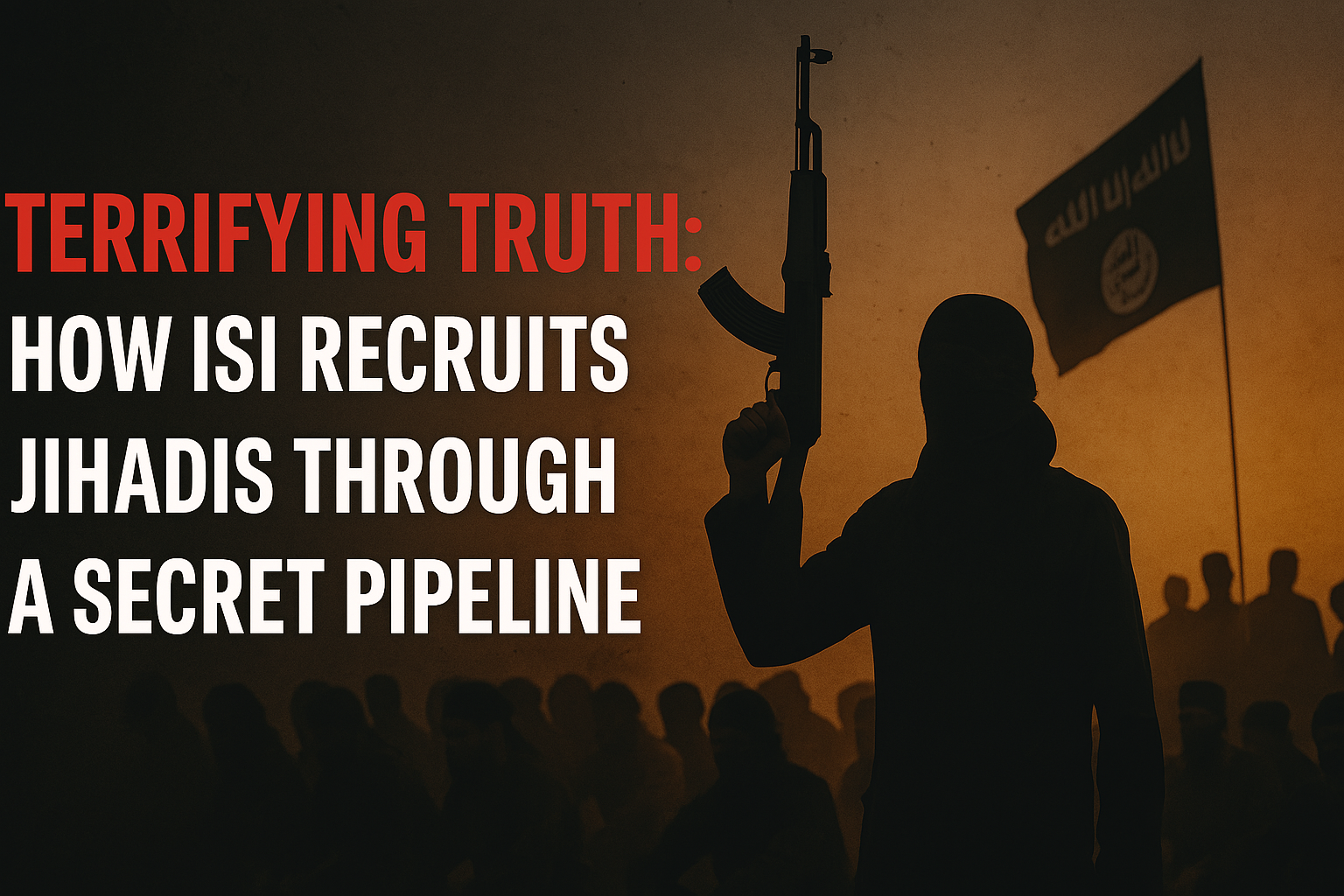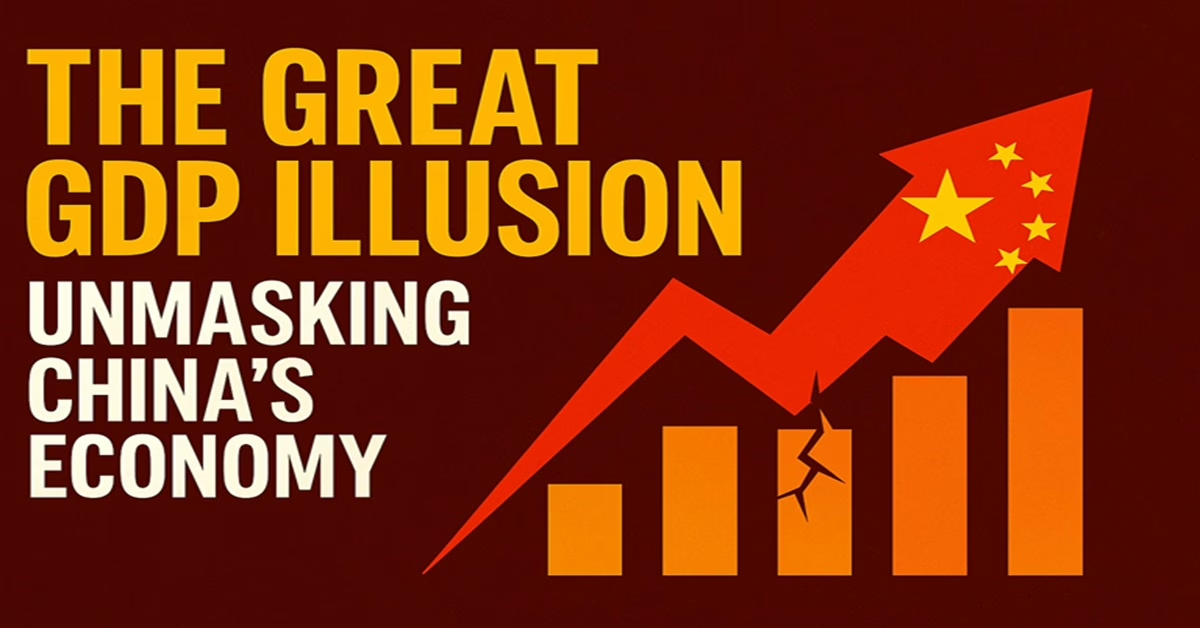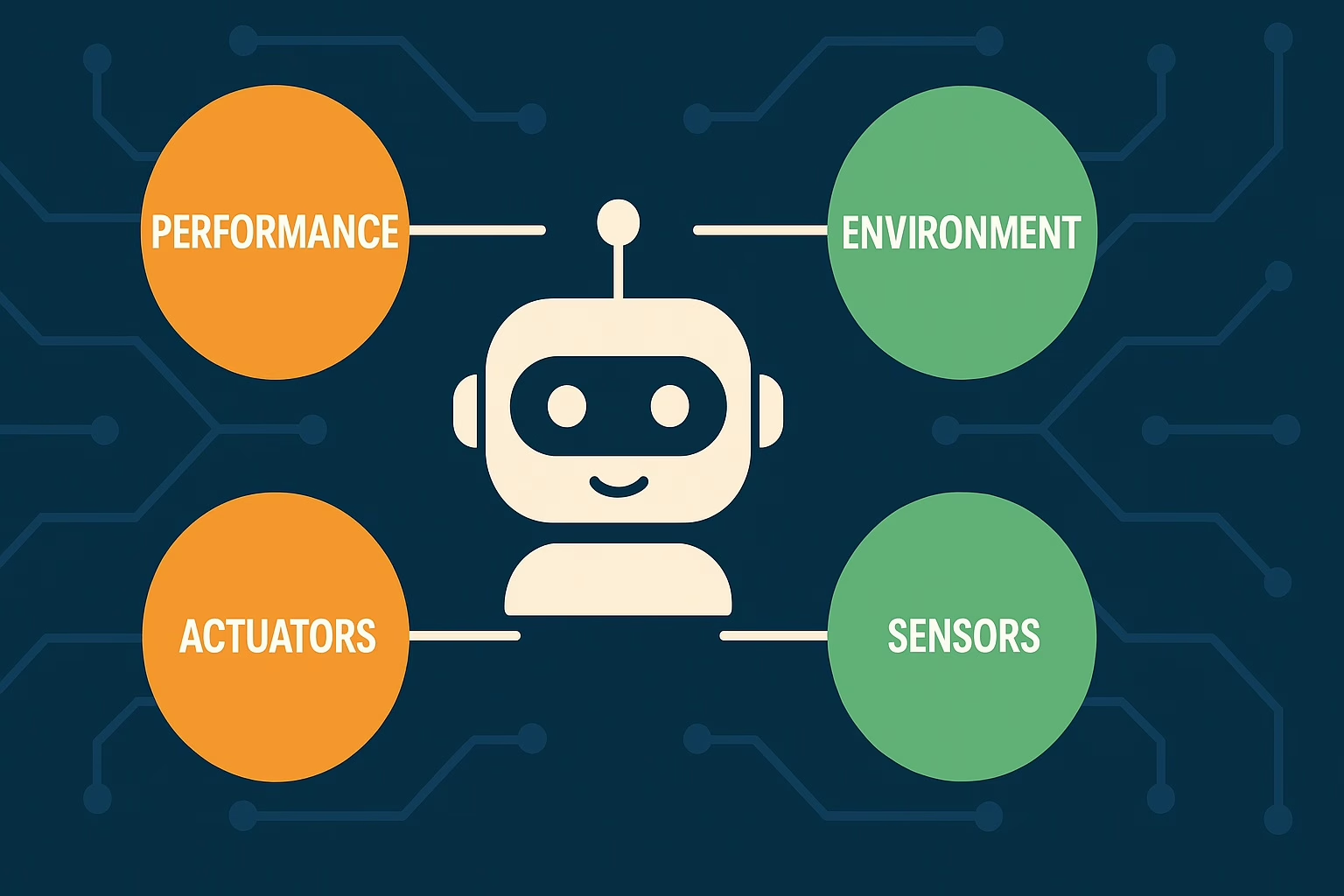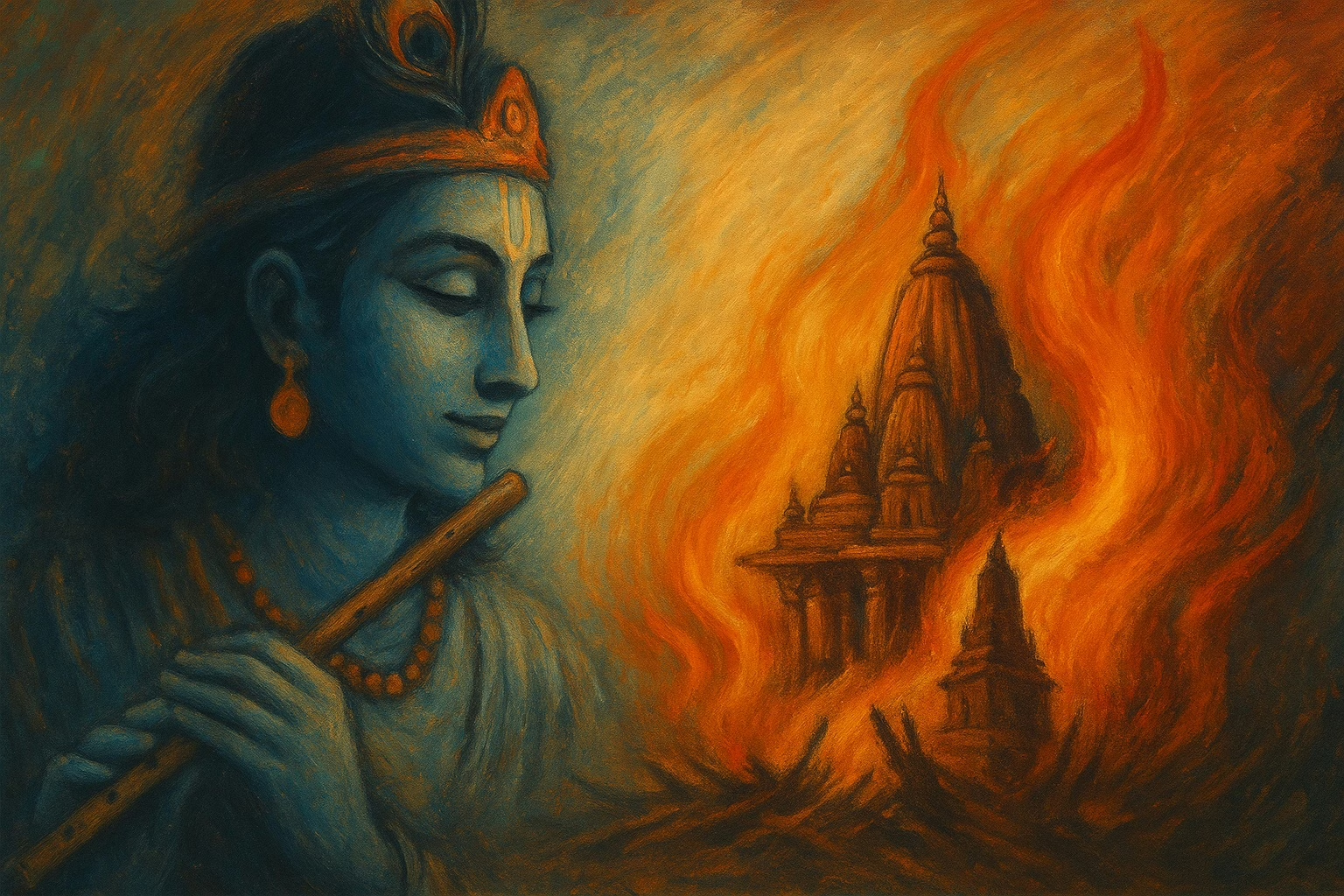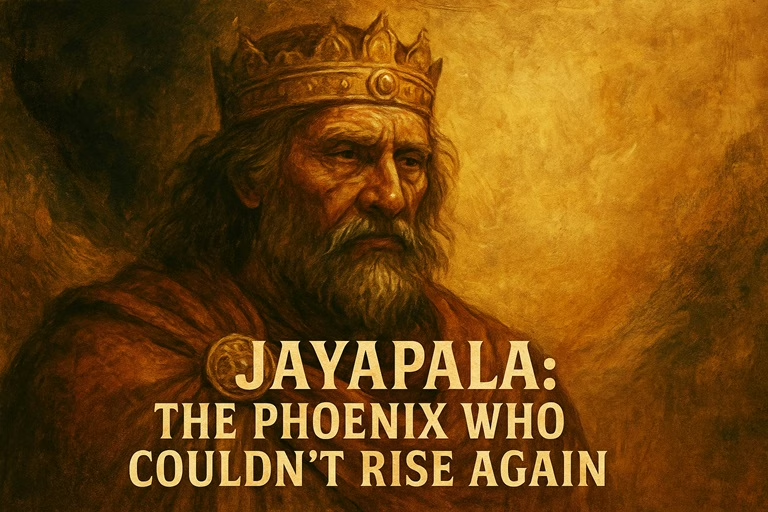The King Who Burned Himself So His Nation Wouldn’t Forget
History remembers conquerors. But civilizations are built by those who resist them.
Jayapala, the Shahi ruler of Udabhanda (modern-day Hund, near the Indus), wasn’t your typical medieval king. He didn’t hide behind walls. He didn’t appease enemies. And he certainly didn’t sell out for survival.
No, Jayapala fought.
He bled.
And when he failed, he burned himself alive—not out of shame, but to make sure we never forget what happens when invaders walk unchecked into a land of lions.
Who Was Jayapala?
Jayapala belonged to the Hindu Shahi dynasty, which ruled parts of Kabul, Gandhara, and Punjab during the 9th–11th centuries CE.
In a time when northern India was fragmented, Jayapala was among the few rulers who understood the threat Mahmud of Ghazni posed—not just to wealth, but to civilization itself.
He wasn’t perfect. He made strategic mistakes. But unlike the apathetic kings of the Gangetic plains, he stood up.
“Jayapala was the last great Indian king who took it upon himself to resist the wave of Islamic conquest into India.”
— R.C. Majumdar, The History and Culture of the Indian People
Enter Mahmud of Ghazni: Loot With a Religious Manual
When Mahmud of Ghazni began his raids into the Indian subcontinent around 1000 CE, he wasn’t just on a treasure hunt. He carried the Quran in one hand and bloodlust in the other.
According to his own court historian, Al-Utbi in Tarikh-i-Yamini:
“Mahmud viewed India as a land of idolaters and infidels… he undertook campaigns to destroy their temples and idols, to spread Islam through fear and fire.”
Mahmud was no ordinary invader. He was the prototype of jihad-driven imperialism—and Jayapala was the unlucky man who stood first in his path.
The First Battle: Udabhanda, 1001 CE – A King’s Gambit
Jayapala assembled a confederation of Indian rulers—yes, a rare attempt at unity—to block Mahmud’s first major incursion near Peshawar.
But internal disunity, weak coordination, and poor intelligence allowed Mahmud to outmaneuver Jayapala’s forces.
The result?
Defeat.
Jayapala was taken prisoner, ransomed himself by handing over forts, and was released. But what came next burned his name into legend.
A Funeral Pyre for a King, Lit by Honor
Jayapala returned to Lahore, but couldn’t bear the stain of defeat. In an act that sent shockwaves across kingdoms, he mounted his own funeral pyre.
Not as a coward.
As a statement.
“He considered himself unworthy to live after failing his people.”
— Al-Biruni
This was no suicide.
This was martyrdom by fire.
This was a king telling his descendants: NEVER BOW.
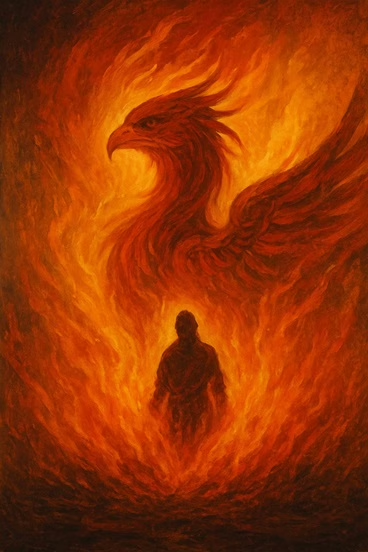
The Dynasty Didn’t Die—His Son Picked Up the Sword
After Jayapala’s death, his son Anandapala assumed the throne. And guess what?
He didn’t send diplomats. He didn’t fold.
He took on Mahmud again in the Battle of Waihind (1008 CE)—one of the fiercest battles of the time.
Though Anandapala eventually lost due to betrayal by some of his Afghan allies, the Shahi resistance continued, albeit in smaller pockets.
And here lies the lesson:
Jayapala’s fire lit a chain of defiance that would echo through Rajasthan, Gujarat, and the Deccan.
Why Jayapala’s Defeat Wasn’t a Failure—But a Warning
Jayapala couldn’t stop Mahmud. But the reason wasn’t lack of courage—it was lack of coordination.
While Ghazni launched raid after raid, other Indian rulers remained indifferent.
No pan-Indian response. No united strategy. No cultural counterattack.
Jayapala’s isolation on the battlefield reflected India’s isolation in policy.
“The greatest tragedy was that Jayapala stood mostly alone. The others realized too late that Ghazni wasn’t after just gold—he wanted gods.”
What Did Mahmud Want from Jayapala’s India?
Let’s be honest. Mahmud’s raids weren’t about land. He never stayed.
He was here for:
- Temples: Easy loot, no resistance
- Idols: Smashed to send a message
- Slaves: Sold across Central Asia
- Gold: Needed to fuel his 17 raids
And he got all of it—starting with Jayapala’s Punjab.
Internal Link: See what came after – Mathura in Flames
What Contemporary Sources Say About Jayapala
- Al-Utbi (Tarikh-i-Yamini) – Notes Jayapala’s valor, but frames his defeat as inevitable
- Al-Biruni – Respects his dignity, writes of his sacrifice
- R.C. Majumdar – Calls Jayapala “the first martyr in India’s thousand-year war of resistance”
- Will Durant – Describes Ghazni’s attacks as “a series of the bloodiest invasions in world history”
What If Jayapala Had Won?
It’s a tempting fantasy.
If Jayapala had defeated Mahmud at Udabhanda:
- Ghazni’s later raids (Mathura, Somnath) might never have happened
- India’s northwest border may have remained Hindu-Buddhist for centuries
- The model of religious conquest via temple destruction would’ve been shattered
Jayapala didn’t just lose a war.
India lost a timeline.
Jayapala’s Burnt Body, But Unburnt Message
What makes Jayapala unforgettable?
Not his defeat.
Not even his death.
It’s that he went first.
He did what many would only dare centuries later—take the invader head-on.
Even when the odds were slim. Even when allies were missing. Even when the enemy prayed while swinging a sword.
References
- Tarikh-i-Yamini by Al-Utbi
- The History of India by R.C. Majumdar
- The Story of Civilization by Will Durant
Final Thoughts: Why Jayapala Deserves a Statue
In a nation that celebrates resistance, we’ve forgotten one of the first warriors who drew the line.
He didn’t succeed.
But he reminded us what failure looks like when success refuses to show up.
Let us not be the descendants of forgetfulness.
Let us remember Jayapala—not as a loser, but as India’s firestarter.
Because before Prithviraj, before Rana Sanga, before Shivaji—
There was Jayapala.






